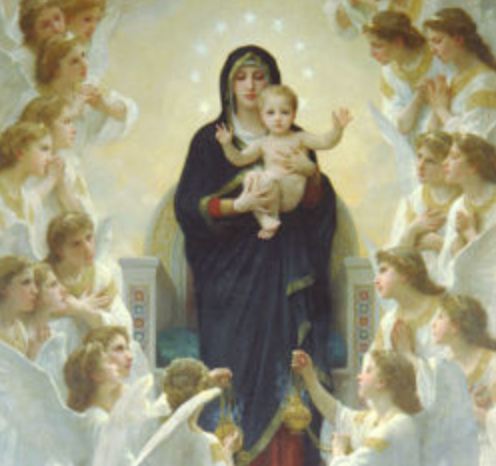What Say You?
A Puzzle for the Christmas Season

Here are some facts that may or may not be related. How do they go together, if at all?
1. Dec 25 is not Jesus’ birthday. We have no idea when he was born, but most scholars have settled on a date between 6 and 4 BCE. As the early church spread into new territory, it encountered various cultures that had figured out that the sun began to turn higher in the sky sometime around what we know as the winter solstice. Rather than confrontation the church chose assimilation, appropriating “pagan” festivals as their own. It is not clear why the church chose a winter celebration rather than a different time of the year, such as the summer solstice, other than the fact that the change into spring promised new hope and life, a theme consonant with their understanding of the arrival of Jesus.
2. The gospel of Mark, the first to appear in finalized written form [66-74CE], contains nothing about the birth of Jesus and begins with his baptism by John and the voice from above claiming “This is my beloved Son.” In other words, Mark starts the story of Jesus when people would have begun to take notice of him as an itinerant teacher. It is safe to assume that the final redactor, whom we call “Mark”, had no sources at his disposal that referenced anything about the early life of Jesus, but did reference the fact that he was a disciple of John who ultimately left to wander on his own.
3. All the elements that are normally associated with the Christmas story come from a blending of the gospels of Matthew and Luke, both of which assumed final form about 90 CE, about 60 years after the death of Jesus. By this time, the gathered family of Jesus, the women and men disciples, had become an institutionalized church under the leadership and control of priests and bishops. The combined elements of the story include: an imperial decree mandating that everyone return to their hometown to be registered for taxes, Joseph and Mary were from Bethlehem, angels appeared to shepherds in the fields, and wise men came from the east, following a star that led them to the manger where Jesus had been born.
None of this happened. There is no record of Caesar Augustus issuing such a decree. Such an order would have created chaos, disrupting economies and creating confusion across the empire. Consequently, there was no manger, no shepherds or wise men or star. All of these were symbolic. The manger points to the solidarity of Jesus with the poor, as does the heavenly host appearing to the shepherds. The wise men, representing human knowledge, bow down before the incarnate god. The star, representative of all heavenly bodies, moves by the word of god. The birth is moved from the actual location in Nazareth to Bethlehem, the supposed birthplace of the messiah as foretold in the prophetic writings. It is easy to understand how additions accreted to the narrative.
4. St Nicholas is a forerunner of Santa Claus. It is difficult to identify biographical information about him because the accrued legends are so numerous. But when we do look at the legend, a powerful image emerges. When his wealthy parents died, Nicholas gave away the riches to help the poor, focusing on secretly giving presents to children in poverty. As centuries wore on, miracles were attributed to his memory, and the story grew.
5. George Monbiot, in his book Out of the Wreckage, argues that It is pretty much the case that the power of story supersedes the power of fact. That is to say that if a person or group of people have already made up their mind, and that mind is embodied in a narrative, singular or collective, the mind will not be changed by facts. If you want to change peoples’ minds, you have to replace the old story with a new one.
6. The existing stories and images of Christmas are powerful, and not easily replaced, even if one should choose to do so. Santa works with his elves all year to produce toys for worldwide distribution on Christmas Eve. His loaded sleigh is pulled through the sky by eight tiny reindeer. He comes down the chimney, enters homes, delivers presents, enjoys the cookie left for him, and moves on until his pleasant work is done. This is powerful imagery.
7. Baby Jesus lies in a hay holder, surrounded by the farm animals, visited by foreigners bringing gifts of great value, a star marking the spot, his mother at his side. Herod, the evil One, wants to kill him, but they escape. Again, powerful imagery.
Christmas presents us with an intersection of religious and secular stories that come from and come with a mixed bag of fact and fiction. The challenge is to sort it out, try to make sense of it, and perhaps help a new story emerge that focuses on our common humanity. What say you?
Dr. Carl Krieg received his BA from Dartmouth College, MDiv from Union Theological Seminary in NYC, and Ph.D. from the University of Chicago Divinity School. He is the author of What to Believe? the Questions of Christian Faith, The Void and the Vision and The New Matrix: How the World We Live In Impacts Our Thinking About Self and God. As professor and pastor, Dr. Krieg has taught innumerable classes and led many discussion groups. He lives with his wife Margaret in Norwich, VT.

